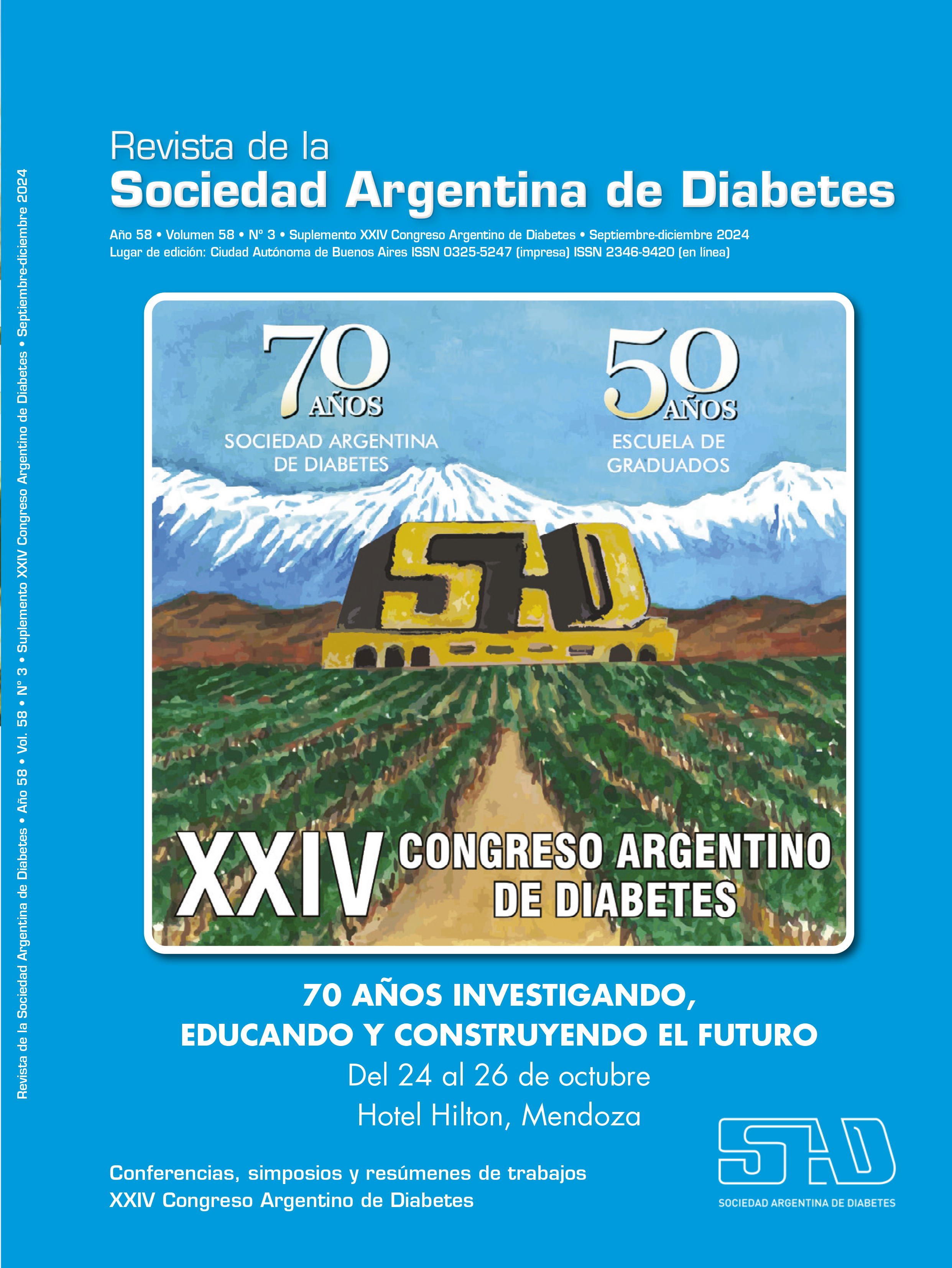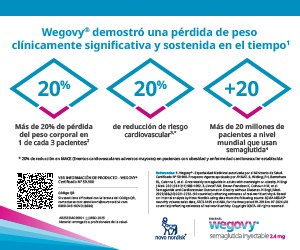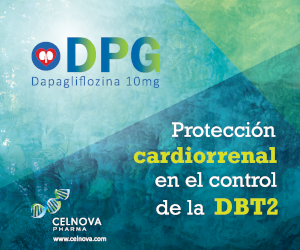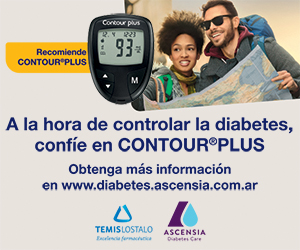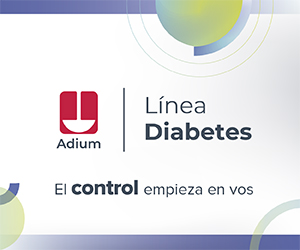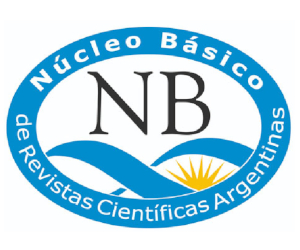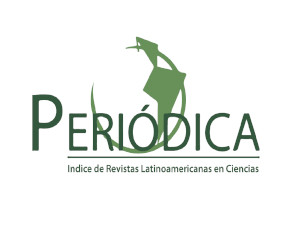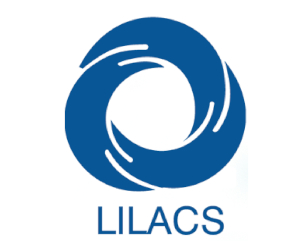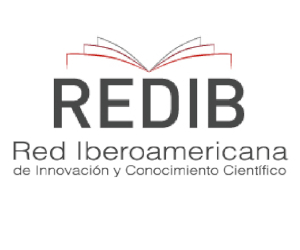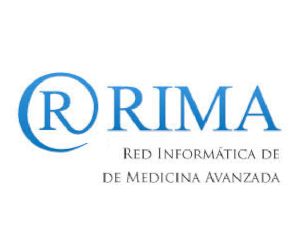Genetic risk scores
Keywords:
risk scores, diabetes tipo 1Abstract
The etiopathogenesis of type 1 diabetes (T1D) involves a complex interplay between genetic susceptibility and environmental triggering factors that end up triggering the immune attack against the β cell of the pancreas. Currently, thanks to the impressive advances in molecular genetics, more than 50 loci associated with the genetic risk of developing T1D have been identified, representing 80% of its heritability1.
The genetic risk of having T1D is higher in first-degree relatives with the disease compared to the general population, 35% when the affected person is the mother, 6% when it is the father and 4% in the case of siblings. The Major Histocompatibility System (HLA) is recognized as representing more than 50% of the genetic load in terms of genetic susceptibility.
Single Nucleotide Polymorphisms (SNPs) are also involved in non-HLA genes such as insulin, and others that encode molecules that function in the immune system, such as IL2RA (Interleukin 2 Receptor Subunit Alpha), PTPN22 (protein tyrosine phosphatase non-receptor type 22), IFIH1 (Interferon-induced helicase C domain-containing protein 1), among many others. SNPs in HLA genes constitute haplotypes (SNPs that are most frequently inherited together), such as HLA-DR3-DQ2 and HLA DR4-DQ82. Based on the significant advances in knowledge of T1D genetics and the recognition of SNPs in HLA and non-HLA genes according to genome-wide association studies (GWAS), Genetic Risk Scores (GRS) consisting of around 70 different SNPs are being created.
The GRS has been used to determine the type of diabetes, type 1 or type 2, in patients with a recent diagnosis of the disease between 20 and 40 years of age, when the clinical presentation was not convincing enough to define the phenotype. In this case, the use of the GRS allowed defining the type of diabetes at the onset of diabetes3. A GRS consisting of 67 SNPs was used to define the high risk of progression to T1D in newborns in the general population4. The study of the area under the GRS curve yields values of around 0.87, a number significant enough to begin using them in population genetic screening studies with the aim of defining a first filter in the identification of those individuals with genetic risk of progressing to T1D. Then, the determination of autoantibodies in genetically susceptible patients would be carried out, thus narrowing down the general population to be studied, which is the one that provides 90% of the patients who will develop T1D, the other 10% being first-degree relatives.
References
I. Onengut-Gumuscu S, et al. Fine mapping of type 1 diabetes susceptibility loci and evidence for colocalization of causal variants with lymphoid gene enhancers. Nat Genet 2015;47(4):381e6.
II. Sims EK, et al. Screening for type 1 diabetes in the general population: a status report and perspective. Diabetes 2022;71(4):610e23.
III. Oram RA, Patel K, Hill A, et al. A type 1 diabetes genetic risk score can aid discrimination between type 1 and type 2 diabetes in young adults. Diabetes Care 2016;39:337-344.
IV. Redondo MJ, Geyer S, Steck AK, et al.; Type 1 Diabetes TrialNet Study Group. A type 1 diabetes genetic risk score predicts progression of islet autoimmunity and development of type 1 diabetes in individuals at risk. Diabetes Care 2018;41:1887-1894.
Downloads
Published
Issue
Section
License
Copyright (c) 2024 on behalf of the authors. Reproduction rights: Argentine Society of Diabetes

This work is licensed under a Creative Commons Attribution-NonCommercial-NoDerivatives 4.0 International License.
Dirección Nacional de Derecho de Autor, Exp. N° 5.333.129. Instituto Nacional de la Propiedad Industrial, Marca «Revista de la Sociedad Argentina de Diabetes - Asociación Civil» N° de concesión 2.605.405 y N° de disposición 1.404/13.
La Revista de la SAD está licenciada bajo Licencia Creative Commons Atribución – No Comercial – Sin Obra Derivada 4.0 Internacional.
Por otra parte, la Revista SAD permite que los autores mantengan los derechos de autor sin restricciones.



